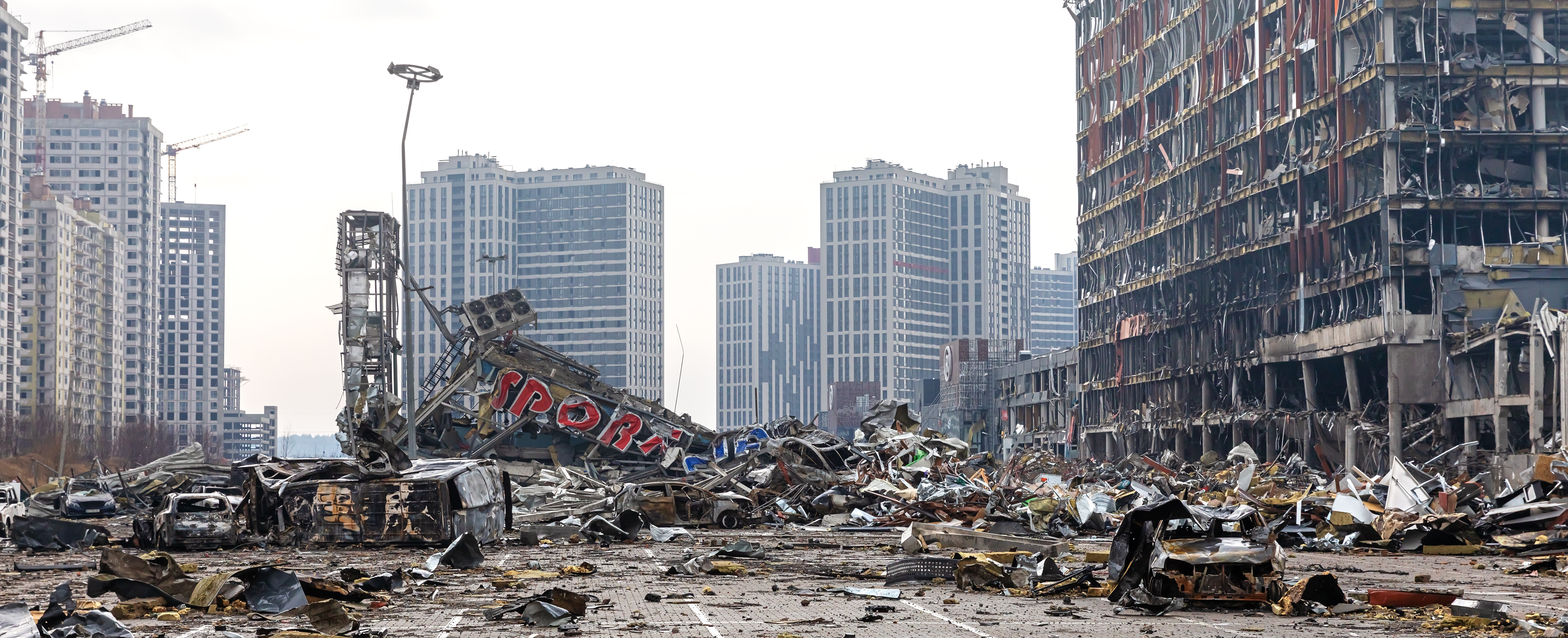The true test of a crisis response plan is whether it works when it matters. Real-time alerts can help you navigate a crisis already underway, but it's the intelligence analysis performed in the months before a crisis that ultimately prepares you for disaster events to come, say Dragonfly’s Chief Intelligence Officer Henry Wilkinson and Senior Associate John Sunerton.
When the Arab Spring began in early 2011 and crisis response plans kicked in, many companies attempted to evacuate their people out of harm’s way. As the streets descended into civil unrest and lawlessness, tens of thousands of people had to move urgently. Massive gridlock soon choked the roads, and the people who did reach the airports faced a chaotic scramble for limited seats. It wasn’t long before private charters, for some, became the only lifeline — but for astronomical sums of money.
To make matters worse, protests simultaneously unfolding across Egypt, Libya, Tunisia, Yemen and Sudan meant that primary exit routes were no longer viable, and activation of multiple crisis management plans and teams were required in quick succession. Coordinators often had one chance to get all their people boarded and out of the region to safety. But what about those who didn’t hold a visa for a European destination country? Who would stay behind? And who was responsible for them?
We’re now 14 years on from the Arab Spring but it remains a cautionary tale of what happens when organisations are underprepared for a crisis. Today’s security leaders are acutely aware of the consequences of being caught off-guard and know they need to develop intentional crisis response tactics while they are calm, thinking rationally and are not under pressure.
But knowing is one thing; application is another. We live in the age of the polycrisis, where the simultaneous occurrence of disparate catastrophic events can have an overall impact that far exceeds the sum of each part. Crisis planners can’t possibly know the consequences of every coup, contagion or chemical spill.
So how confident are you that you’ve planned for the right risks in the right way?
Here it comes, ready or not?
Any event that requires your organisation to make changes to its day-to-day operations can trigger the activation of a crisis response plan. At one end of the scale, that might be telling people to work from home and pausing travel for a few days while a localised protest runs its course. At the other, it might be shutting down production, securing facilities and evacuating people following a terrorist incident, war or natural disaster. Regardless of the event, the type of response depends on the quality of planning that has taken place beforehand.
However, there’s no universal instruction manual to follow, and crisis response planning is far from easy. Most plans have a weakness in them somewhere, and these weaknesses often arise due to:
-
- Not knowing what you don’t know: Crises unfold over an arc of time with a beginning, middle and end. The beginning often arrives with ambiguous signals and early indicators that are easy to miss. Mapping risks, tracking their progress and interdependencies, and knowing when to focus on a region requires resources that many don’t have.
- The normalisation effect: Local security teams might be confident in their ability to handle evolving situations. But when you operate in a region that persistently grapples with slow-burning crises, it’s like boiling a frog gradually — you might not notice the cumulative effects of weakening infrastructure, food insecurity and economic recession until it’s too late.
- Over-centralising the plan: Different crises affect different regions in different ways. The trap is having the same response that doesn’t account for realities on the ground. For example, you might plan to shelter people in place until the situation clarifies like during the attempted coup in Turkey and the Nice terror attack. But is the haven that’s safe in a conflict situation the same haven that’s safe in a weather disaster? How will factors like road erosion, the possibility of airstrikes, hotel capacity, food availability and so on affect your ability to use that haven?
- Forgetting the resource crunch: When a trigger event happens and a crisis is declared, the reality is that every organisation in the region will start their activation protocol at the same time. Demand can very quickly outstrip the capacity of the host nation and someone will be last in line for resources. What’s the backup if airports, road vehicles, petrol, water, electricity and medical care are oversubscribed?
As you can see, many of the failures listed boil down to a sparsity of tactical detail — a common denominator that can be cured by better intelligence. Here’s how robust crisis intelligence can help you understand the “what?”, plan for the “how?”, and ensure your plans hold up to reality in a red-alert situation.
Three Steps to an Effective Crisis Response Plan
1) Map the critical.
Because people and assets may be scattered across multiple locations, it’s important to understand the full scope of what you’re trying to protect. Who are you responsible for — staff, contractors, their families? Where are they now and where could they be tomorrow if things escalate? Hone in on those geographies of interest and start building a bank of intelligence for that country, its neighbours and anywhere else that could impact it.
Consider both the obvious and less obvious crisis risks by casting a wide net. Keep your finger on the pulse of political trends, economic indicators and humanitarian and climactic movements that may be precursors to a significant event. Don’t overlook internal resilience either; a country’s ability to withstand a crisis can be just as pivotal.
With the right methodology, you can quantify the risk of a near-term crisis happening in your regions of interest. Dragonfly’s Crisis Risk Ratings achieve this by combining official data, ground reports and historical trend analysis. The rating phase from One (negligible risk; business as usual) to Six (critical; an acute crisis is underway). They help decision-makers see at a glance what the crisis risk is now and what it might become, providing strategic warning for countries around the world.
Security teams in multinationals have the difficult talk of managing multiple crisis plans at the same time. Using crisis risk levels as your guide, you can easily see where in the world the risk is rising and focus planning resources on what is likely to come next.
2) Imagine the possible.
Dragonfly’s Crisis Risk Ratings capture the likelihood of an acute crisis arising from a very broad set of risk factors. However, any response plan worth its 4-ring binder requires a more specific understanding of the plausible risk scenarios that your organisation could face in that region and the trickle-down impacts such incidents might have.
For example, Lebanon is on everyone’s radar right now as a country in a protracted state of crisis. We’ve given it a Crisis Risk Rating of 5 — Severe — since, in our assessment, an acute crisis is highly likely in the very near term (the coming three months) and may erupt with little notice.
In Lebanon, the most plausible and probable scenario is a Hezbollah-Israeli war, but there is also the continual possibility of a high-magnitude earthquake. The country is extremely unprepared for either event due to poor infrastructure and the dysfunction of state institutions. Power outages, communication breakdowns, roadblocks, flights being grounded or the airport shut down completely, access to potable water — all will become critical issues for both safe haven and evacuation planning. And the best response to each type of crisis could see people moving to different in- and out-of-country locations via different routes. There’s no single “let’s get everyone to the airport” solution.
You do not need to include every conceivable scenario in your analysis but identify the most plausible. Is the country facing a natural disaster? Widespread civil uprising? Something else? Engage in robust scenario analysis to unravel the myriad ‘what ifs’. Or partner with a firm that has sophisticated methodologies in place to help you do this, such as Dragonfly.
Our Security Intelligence and Analysis Service (SIAS) platform now includes a growing number of Crisis and Evacuation Planning Intelligence reports, covering countries and cities which we assess have a crisis risk of ‘High’ or higher. Each one includes a detailed scenario analysis, so you can kick-start your own crisis planning based on reliable intelligence of how a crisis might play out.
3) Prepare for the actual.
In August 2021, as Kabul fell to the Taliban, the United States evacuated large numbers of American and Afghan nationals in an operation that has since been criticised as having been botched. Images of desperate people clinging onto aeroplane wheels suggest U.S. officials were unprepared to quickly move those individuals and had not fully determined exit points.
Could we ever see history repeating? If the planned response does not methodically address the actual realities on the ground, it’s likely.
Continuing with the example of Lebanon, hindsight tells us that rapid air and land evacuation might be impossible in the early weeks of a crisis as borders are likely to close and airspaces get restricted due to the high risk of airstrikes. There is also a possibility that Beirut’s airport will be inoperable if it is attacked by Israel, following reports that Hezbollah stores weapons there.
Sea evacuation could be an option, but only if you have a local partner with the necessary vessel. Preparing for the actual in this scenario could mean having the capacity to charter a ship to Cyprus or another destination — pre-securing the necessary contracts for that exit and obtaining the required visas in advance. Absent these ducks in a row, a plan to evacuate could be for nought.
Things you take for granted, like cellular communication, have a high risk of failure during a crisis. You might plan to use satellite phones in case of disruption to mobile phone services but they’re not widely available in Lebanon and you need a permit to import and use them. Without this level of deep tactical detail, response plans can fall apart in the execution phase.
It’s not all doom and gloom. Intelligence — and the analysis of that intelligence by experts who understand the lie of the land and security needs on the ground — can save you from suddenly having realisations like this on day two of a crisis.
That’s where Dragonfly’s Security Intelligence and Analysis Service (SIAS) once again helps. Our Crisis and Evacuation Planning Intelligence reports not only map out how a crisis might unfold but highlight tactical intelligence of the operating environment and how it might change in a crisis. This includes effects such as communication blackouts and surges in demand for essential services you may need to rely on to extract people from danger.
With this deeper picture of potential realities on the ground, you will better understand what you need to organise in advance. It’s the difference between an orderly, proactive response that saves lives, money and reputations, and a reactive, disorganised response that is anything but. What price would your organisation pay for failing to plan ahead?
Would you like to take a closer look at Dragonfly’s Crisis Risk Ratings, and Crisis and Evacuation Planning Intelligence? We would be delighted to give you a personal demonstration of our Security Intelligence and Analysis Service (SIAS) platform:




